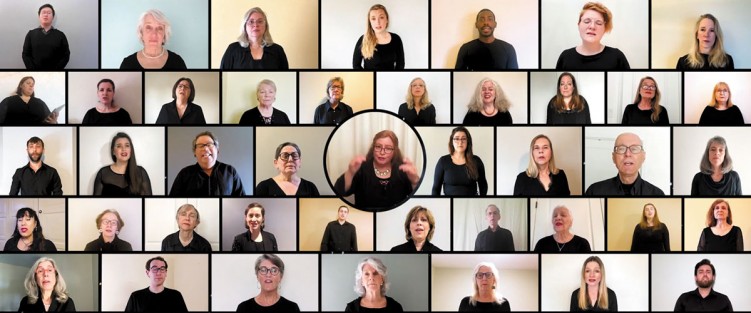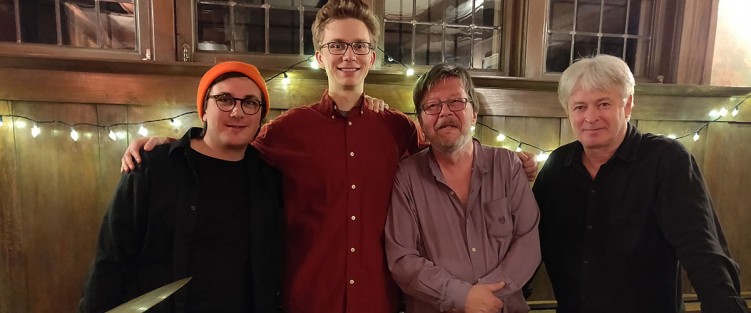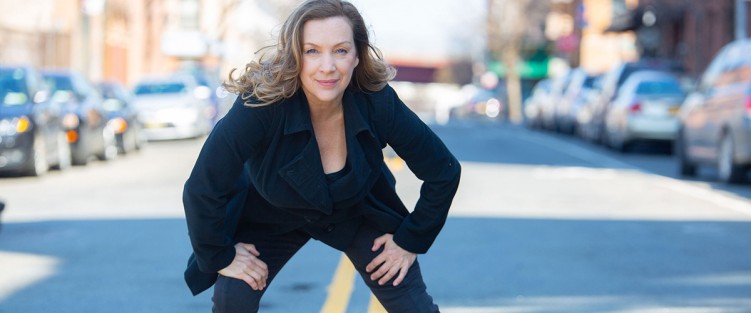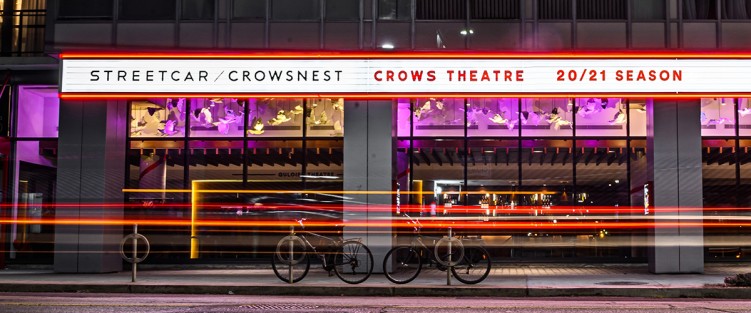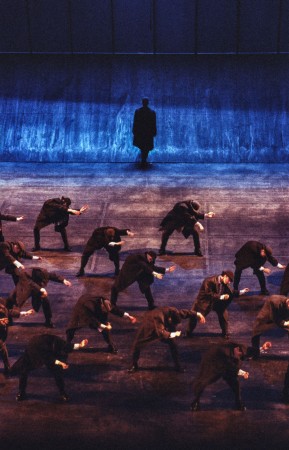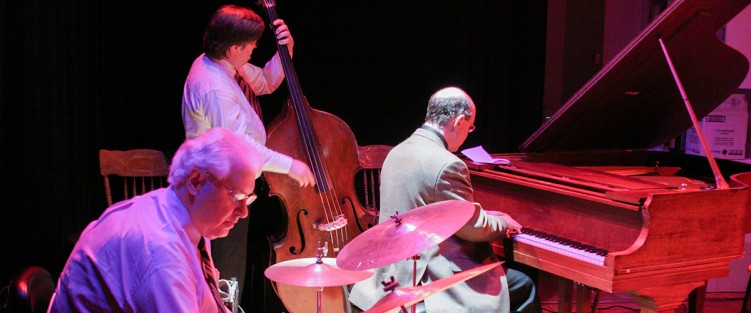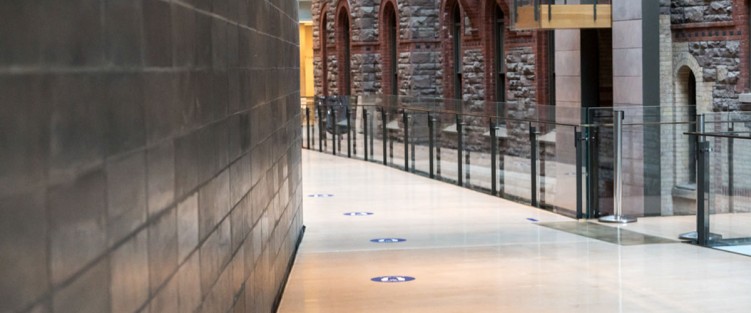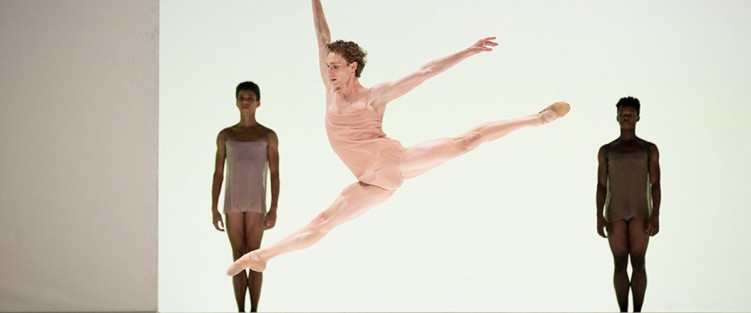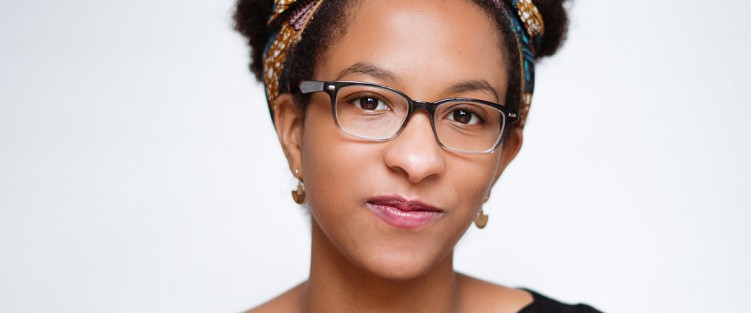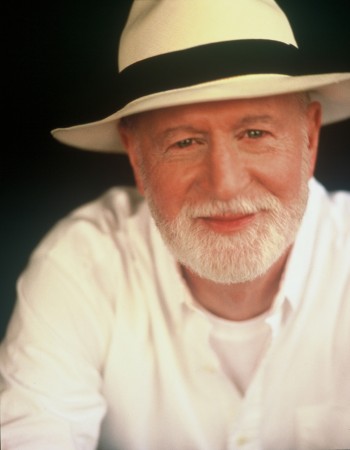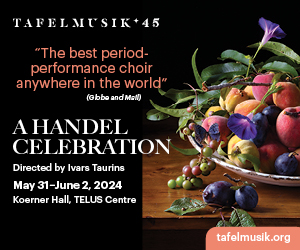Synchronicity and Innovation in a Watershed Spring
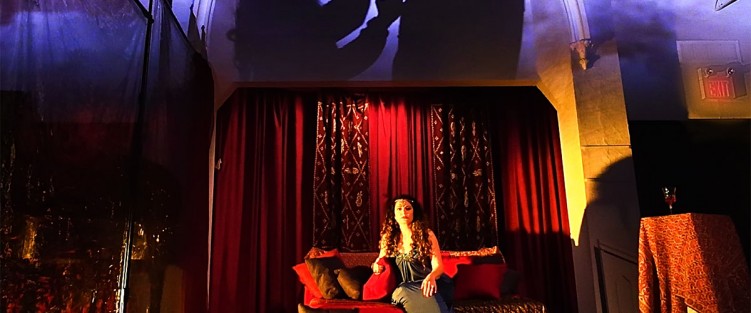 Ever since I began writing this column four years ago, I have searched out and championed companies and artists exploring and breaking down the barriers between musical theatre, opera and dance. Imagine my delight when I discovered a new festival debuting in the last week of May this year dedicated to the same goals, to “reimagining the future of music theatre” and to building a new community of artists, scholars, journalists and students from across genres and generations.
Ever since I began writing this column four years ago, I have searched out and championed companies and artists exploring and breaking down the barriers between musical theatre, opera and dance. Imagine my delight when I discovered a new festival debuting in the last week of May this year dedicated to the same goals, to “reimagining the future of music theatre” and to building a new community of artists, scholars, journalists and students from across genres and generations.
The Watershed Festival, given this name to symbolize the coming together of these many streams of interconnected art forms, is helmed by prolific Canadian composer Dean Burry, now also an assistant professor at Queen’s University in Kingston, where the idea of the festival was born. Burry has been a friend of mine since I directed the world premiere of his opera Pandora’s Locker at the Royal Conservatory of Music’s Glenn Gould School in 2008; I got in touch to find out more about both the inspiration behind the festival and how the pandemic might be affecting plans for participants and attendees.
One thing that is clear right away in speaking to Burry about Watershed is how closely the goals of the festival align with his own belief in the need to break through the long-standing walls between the worlds of opera and musical theatre: in both the professional and academic worlds. As he told me, “I feel as though this is something that my heart has been in for a very long time. I work a lot in the opera field, but never did think that opera had to be one boxed-in thing. I have had some professional musical theatre shows, as well, and I’ve found that as much as we all try to be open, a lot of people in those two fields have strong feelings about what ‘opera is supposed to be’ as opposed to what ‘musical theatre is supposed to be’. The reality, though, as far as I am concerned, is that they are all on the same spectrum; both are methods of storytelling that use every art form: drama, literature, music, movement and design.”


